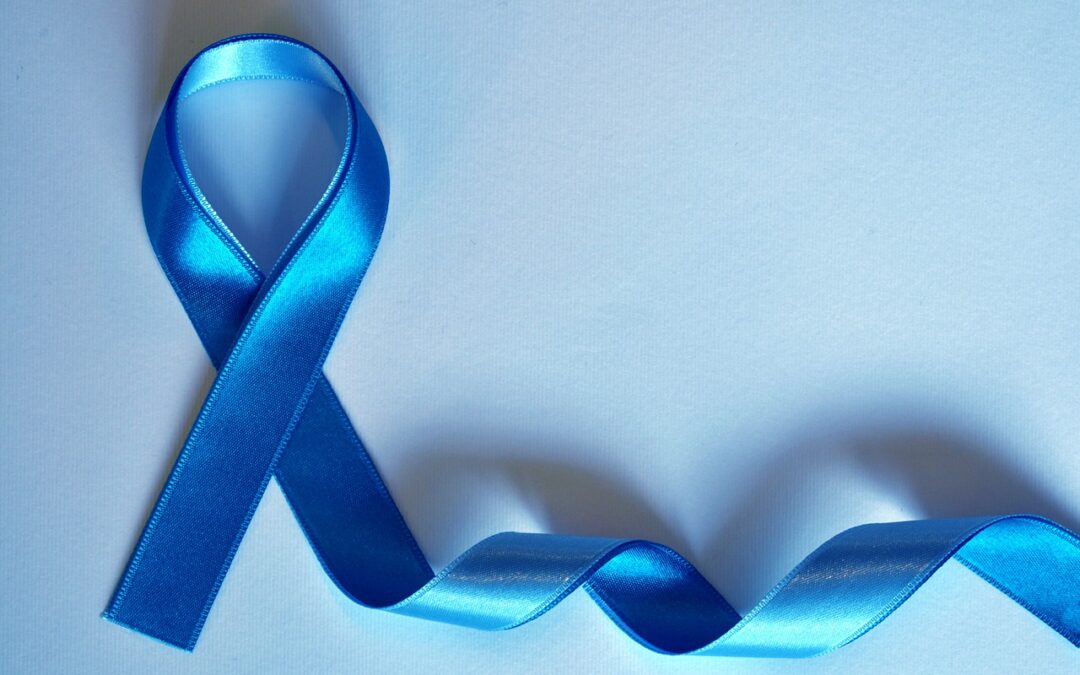Dear Healthy Men: There seems to be an awareness month for just about every health condition. Why isn’t there one for prostate cancer?
A: Actually,there is: September is Prostate Cancer Awareness Month (ProstateCancerAwarenessMonth.com). In the U.S., around three million men are living with prostate cancer. And every year, more than 175,000 men will be diagnosed and more than 32,000 will die, according to the National Cancer Institute. Prostate cancer is the second deadliest cancer (after lung cancer) in men. Nevertheless, far too many people are unaware of the risk factors, symptoms, screenings, and treatment options. Fortunately, education can save lives, so let’s get to it.
RISK FACTORS
While any male with a prostate (and yes, only males have them) could develop prostate cancer, about one in six men will actually get the disease, according to Prostate Cancer Free (prostatecancerfree.org). But not every man has the same likelihood. Risk factors include age, race, family history, environmental factors, and lifestyle. Let’s take a closer look.
- Age: Prostate cancer is quite rare in men under 40. But the risks increase rapidly starting at about age 50, and the majority of prostate cancers are found in men over 65.
- Race: African-Americans are about 70% more likely than Whites to develop prostate cancer and twice as likely to die of the disease, according to the Prostate Cancer Foundation (www.pcf.org). Asian-Americans and Hispanics are less likely then Whites to develop and die from prostate cancer.
- Family history: Having a father or a brother with prostate cancer more than doubles a man’s chances of getting the disease.
- Environmental factors: Exposure to pesticides and certain chemicals, such as Agent Orange, increases the risks.
- Lifestyle: Men who are obese, eat a high-fat diet, and/or don’t exercise regularly are more likely to develop and die from prostate cancer. They’re also more likely to develop aggressive forms of the cancer.
SYMPTOMS
Caught early, prostate cancer can be treated, usually successfully. But that’s easier said than done, since in the early stages, there are frequently no symptoms. That’s why it’s so important to have a strong relationship with a healthcare provider and to get screened regularly—especially if you’re in a high-risk group. That said, if you (or a man you love) has any of the following symptoms, make an appointment to see your provider.
- Urinary problems. Needing to urinate frequently, especially at night; weak flow or lots of stopping and starting; pain or burning during urination.
- Blood. Blood doesn’t belong in your urine or semen.
- Erectile difficulties. At some point, almost all men will have difficulty achieving or maintaining an erection. But if the problems came on suddenly, it’s worth making the call to your provider.
SCREENINGS
The two most common screens for prostate cancer are:
- Digital rectal exam (DRE). No, it doesn’t sound pleasant, but because the prostate can’t be seen from the outside, feeling it through the rectum is the best way for a provider to determine whether there are any irregularities in the shape or texture of the organ.
- Prostate Specific Antigen (PSA) blood test. Although in recent years, the PSA has become somewhat controversial, many organizations, including Men’s Health Network (www.menshealthnetwork.org/) strongly recommend it. The key is to get a baseline number at age 40 or 45 and then watch for changes over time. Many lives have been saved thanks to the PSA. We’ll talk more about the controversy in future columns.
TREATMENT OPTIONS
Patients with prostate cancer have a variety of treatment options. These include:
- Active surveillance. Because prostate cancer often grows slowly, in many cases, there’s no need to take any action.
- Chemotherapy and/or radiation. Designed to destroy cancer cells.
- Hormone therapy. Some prostate cancers need high levels of male hormones to grow. Depriving the body of those hormones may slow or stop the growth of the tumor.
- Surgery. There are a variety of options, each of which has its own advantages and disadvantages.
No one should have to cope with a cancer diagnosis alone. So don’t be shy about asking for second (and third and fourth) opinions, and be sure to get the support of your partner or a close relative or friend. Together you can evaluate your options and make the treatment decision that’s right for you.




Recent Comments